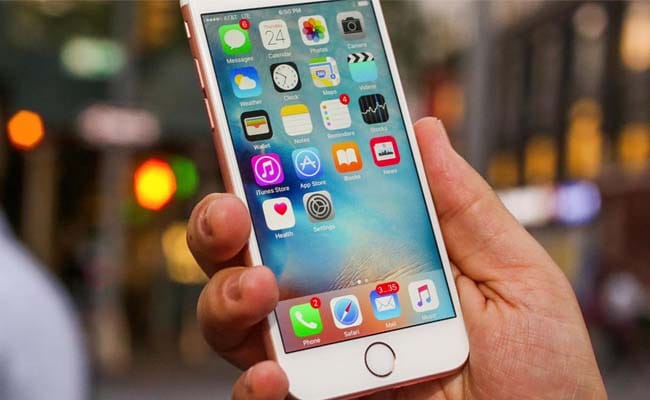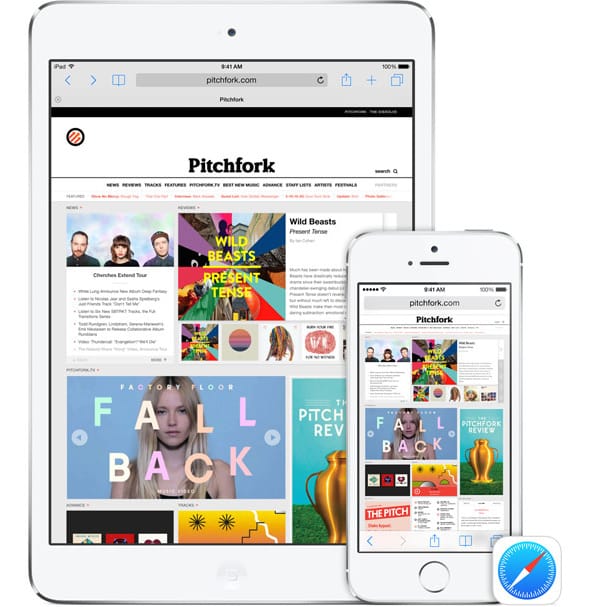
(Image via CNET)
Apple periodically upgrades its iOS mobile operating system for use on iPhone, iPad and the iPod Touch. However, upgrades to iOS do not always go as smoothly as the company would hope.
If you are one of the lucky people who got a new mobile Apple device as a gift during the recent holiday season, you may be eager to try out the new update to iOS version 10.2.1. After all, Apple touted this upgrade because of important security fixes with the Contacts app, WebKit and kernel vulnerabilities. However, some users are reporting problems with iOS 10.2.1 that you’ll want to keep in mind before you try out the new version.
Issues with iOS 10.2.1 Update
A major new feature of the iPhone is the fingerprint reader. One of the bugs in iOS 10.2.1 has apparently affected the device’s TouchID fingerprint reader. Users are unable to complete basic tasks such as removing fingerprints or re-adding them to the device. According to a report from Forbes, you can downgrade to iOS version 10.2 to solve the problem and regain functionality.
Another issue plaguing users of iOS 10.2.1 is causing the display to dim when certain battery charge percentages are reached. For example, an iPhone will dim to 70 percent brightness when the charge is at 74 percent and will dim to 50 percent when the battery is at 49 percent.
Do you use Bluetooth to connect your iOS device wirelessly with peripheral equipment, such as a keyboard, headphones or speakers? Version 10.2.1 of iOS is reportedly causing iPhone batteries to drain excessively fast whenever making Bluetooth pairings. Users have been unable to stop the problem using standard techniques such as doing a factory reset, unpairing and repairing devices and resetting problematic Bluetooth connections.
Wireless connections made via Wi-Fi are less reliable under iOS 10.2.1, users reported. If Wi-Fi connectivity is essential to your daily life, you have another reason to avoid the update despite the security fixes it provides.
If you don’t need to upgrade your iOS device’s operating system to run any mission-critical apps, you may find it best to wait for Apple’s subsequent update to iOS and see how it works with early adopters before you load it onto your own iPhone, iPod Touch or iPad.




